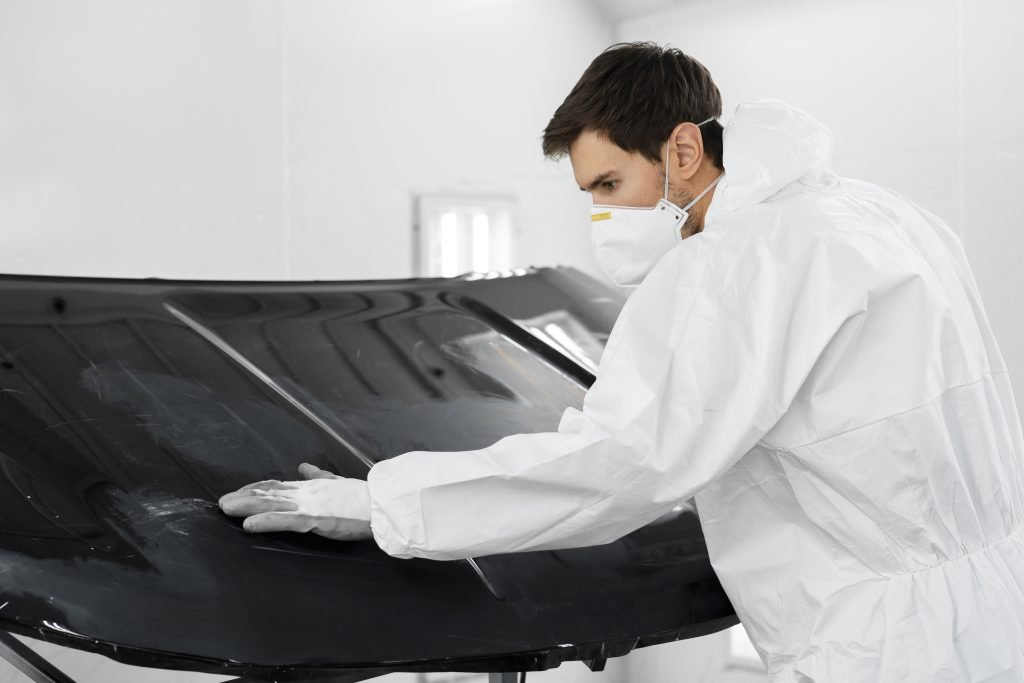Paint protection is an essential aspect of maintaining the appearance and value of your vehicle. By understanding the science behind paint protection, you can make informed decisions about how to best protect your car’s paint job. In this blog post, we will explore the key concepts and technologies behind paint protection, so you can keep your vehicle looking its best for years to come.
The Importance of Paint Protection
- Keeps the paint looking new
- Protects against environmental damage
- Preserves the resale value of the vehicle
- Prevents corrosion and rust formation
The Science Behind Paint Protection
1. Clear Coats
Clear coats are the top layer of paint applied to a vehicle. They provide gloss and protection to the underlying layers, shielding the paint from UV rays, dirt, and contaminants. Clear coats can be ceramic-based, acrylic-based, or polymer-based, each offering different levels of durability and longevity.
- Ceramic clear coats offer superior hardness and scratch resistance.
- Acrylic clear coats provide flexibility and UV protection.
- Polymers clear coats are easy to apply and offer good chemical resistance.
- Clear coats can be applied as a standalone protection or as part of a ceramic coating system.
2. Nano Coatings
Nano coatings are a type of paint protection that uses nanotechnology to create a molecular bond with the vehicle’s paint. These coatings form a superhydrophobic layer that repels water, dirt, and contaminants, making it easier to clean and maintain the vehicle’s appearance.
- Nano coatings create a self-cleaning effect, reducing the need for frequent washes.
- They provide excellent UV protection, preventing paint oxidation and fading.
- Nano coatings can last up to two years, depending on the quality of the product and proper maintenance.
- They enhance the gloss and depth of the paint, giving the vehicle a showroom finish.
3. Paint Protection Film
Paint protection films are clear polyurethane films that are applied to the surface of the vehicle to protect against rock chips, scratches, and abrasions. These films are self-healing, meaning that minor scratches can be repaired with heat, keeping the paint looking fresh and new.
- Paint protection films are optically clear and do not interfere with the color or gloss of the paint.
- They offer excellent impact resistance, protecting the vehicle from road debris and gravel.
- Paint protection films are removable and can be replaced as needed, preserving the underlying paint.
- They are a cost-effective way to protect the vehicle’s paint job without affecting its appearance.
Conclusion
Understanding the science behind paint protection is crucial for maintaining the appearance and value of your vehicle. By investing in quality paint protection products and technologies, you can ensure that your vehicle stays looking its best for years to come.

